Neighborhood Information and Sightseeing MAP
Information on sightseeing in Suo Oshima and other areas of the Seto Inland Sea
We introduce information and sightseeing information around Setonoututu.
Our easily accessible location allows you to visit Suo Oshima as well as sightseeing spots such as Onomichi and Shimonoseki.
Wide area tourism
Narrow down by area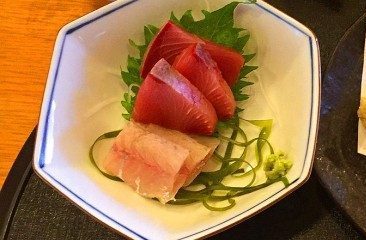
TOTOYA
TOTOYA is a creative Japanese restaurant where you can enjoy seasonal ingredients at reasonable prices. The seafood is especially popular, with the flounder thinly sliced for its firm flesh and the nigirizushi (hand-rolled sushi) for its freshness. In addition, a wide selection of famous local sake can be ordered as much as you can drink, making this restaurant a must for sake lovers. Be sure to indulge in the sumptuous seasonal seafood and sake. The semi-private rooms in the restaurant are also a nice feature.
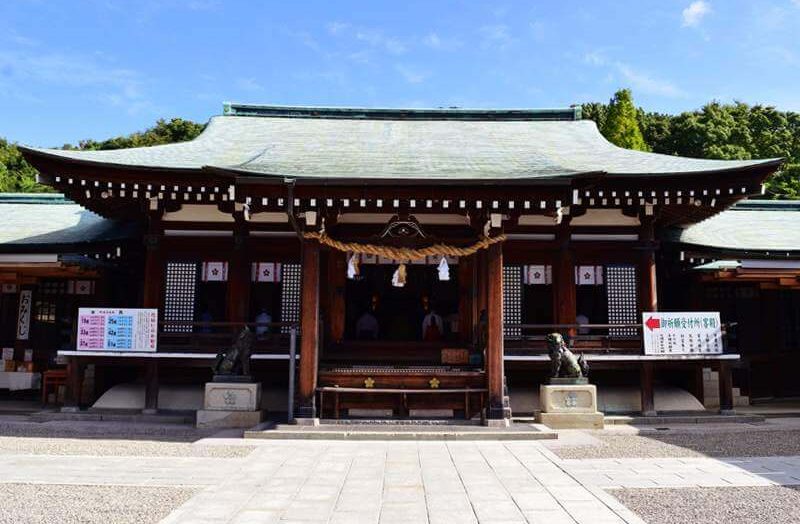
Hofu Tenmangu Shrine
This shrine is dedicated to Sugawara no Michizane, who is revered as the god of learning, and is called one of the three Tenmangu shrines in Japan along with Kitano Tenmangu Shrine in Kyoto and Dazaifu Tenmangu Shrine in Fukuoka. The shrine grounds are crowded with cherry blossom-viewing visitors as well as with festivals throughout the year, such as the Setsubun Festival and the Goshinsatsu Festival. In particular, the Goshinko Matsuri in November, also known as the Naked Boy Festival, is known as one of the roughest festivals in western Japan.
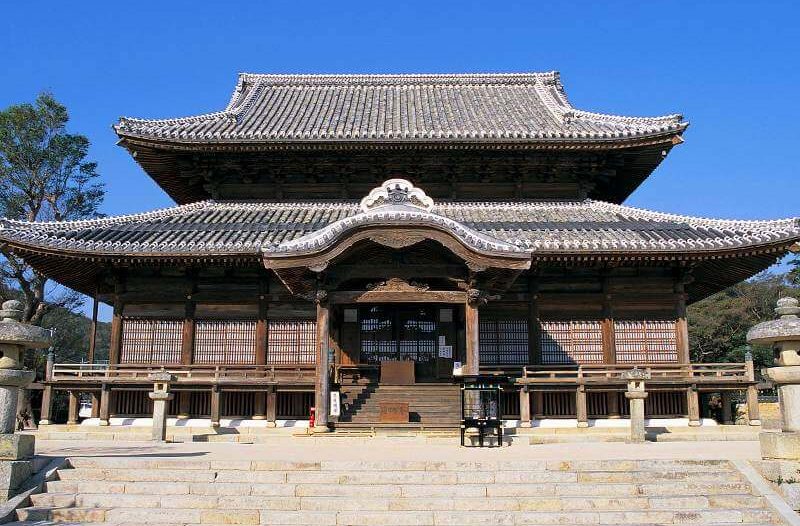
Suo Kokubunji Temple
Suo Kokubunji Temple is located in Kokubunji-cho, Hofu City, Yamaguchi Prefecture. It was built at the time of the establishment of Kokubunji temples in various provinces in accordance with the imperial command of Emperor Shomu. It is rare in Japan that the original temple area has been largely preserved, and the former precincts of Suo Kokubunji Temple have been designated as a national historic site. The Kondo, an important cultural property, contains many Buddhist statues and treasures, including a wooden Nikko Bosatsu (Sunlight Bodhisattva) and Gekko Bosatsu (Moonlight Bodhisattva) from the early Fujiwara period.
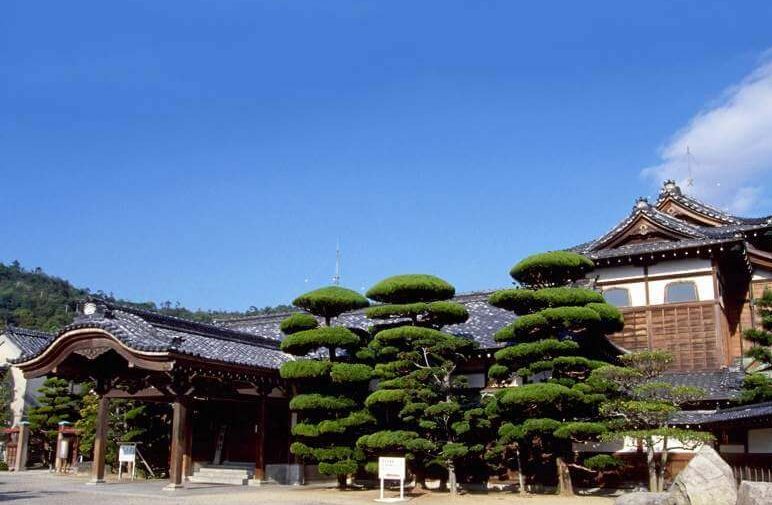
Former Mouri Family's Main Residence and Mouri Museum
The Mouri Garden is the garden of the main residence of the Mori family built on a large plot of land. From the second floor of the mansion, the islands of the Seto Inland Sea can be seen over the garden. The garden is planted with 250 varieties of trees. Visitors can enjoy the seasonal beauty of the azaleas and cherry trees. The garden is a masterpiece of Meiji and Taisho period craftsmanship, with its man-made bridges and islands in perfect harmony.
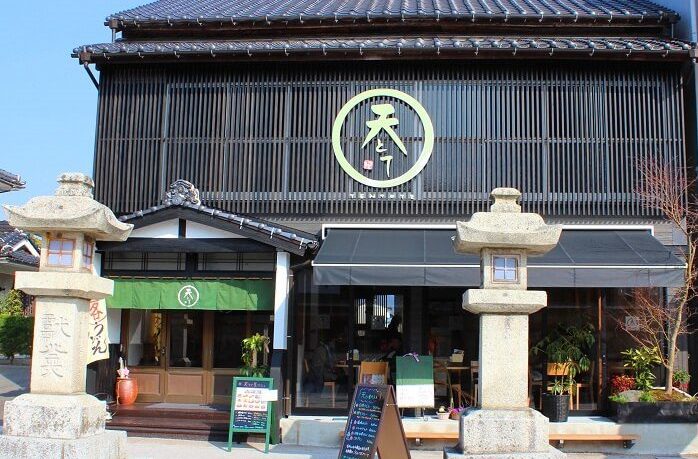
Tento-ya Cafe
A place for relaxation near Hofu Tenmangu Shrine. The Japanese-style exterior of the store and the spacious interior create a relaxing and soothing atmosphere. The shop also serves lunch and a variety of light meals such as green tea, fukuubai zenzai, Japanese sweets and cakes, as well as Japanese sundries. Of these, we recommend the ten-tote lunch, which is limited to 20 servings a day. The owner prepares colorful Japanese dishes with sincerity and care.
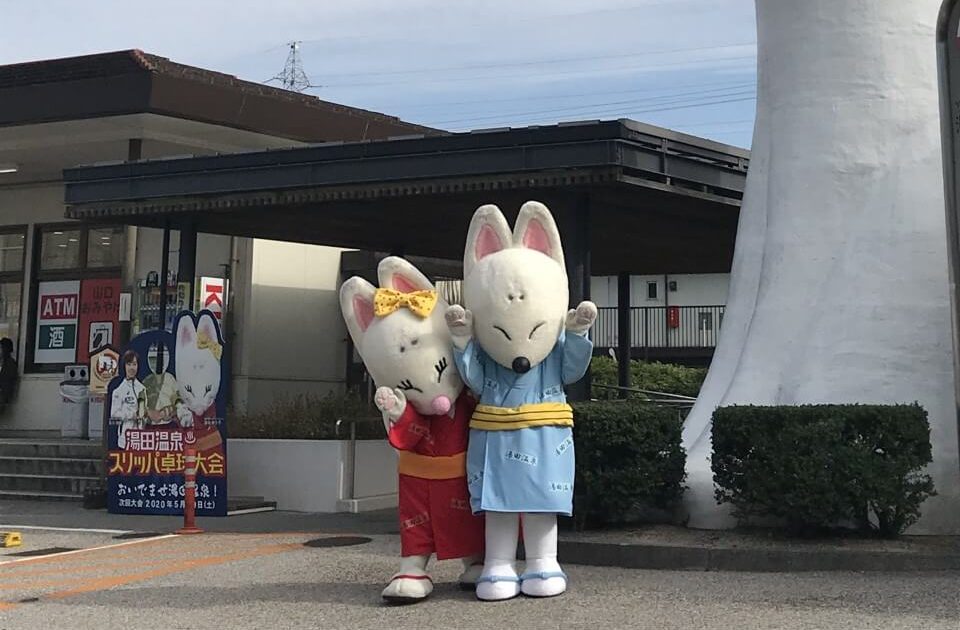
Yuda Onsen
This ancient hot spring was discovered about 800 years ago when a wounded white fox soaked in the hot water at night to heal his wounds. The hot water of Yuda Onsen has been loved by many people for centuries for its various beneficial effects on the body, such as relieving fatigue, sensitivity to cold, muscular pain, neuralgia, and joint pain. The most important feature is the abundant amount of hot water, with as much as 2,000 tons of natural hot spring water gushing out every day.
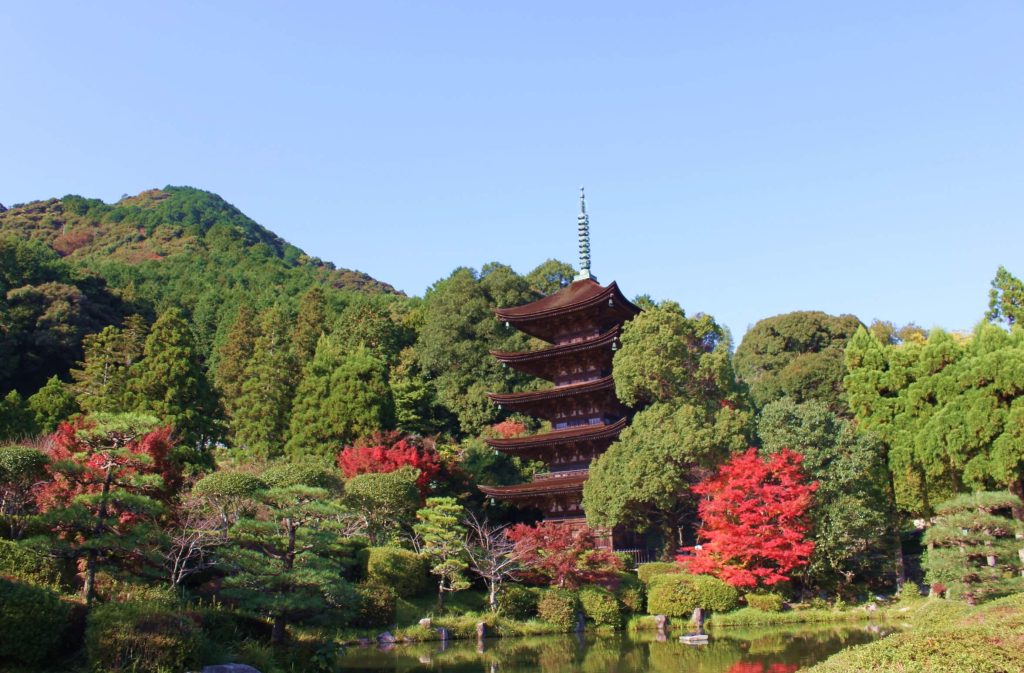
Rurikoji Five-Story Pagoda
This beautiful national treasure building is regarded as one of the three most famous pagodas in Japan along with Horyuji Temple and Daigoji Temple. It is an outstanding structure built in the mid-Muromachi period (1336-1573) to mourn the loss of Ouchi Yoshihiro, who was killed in the Oei War. It is the tenth oldest five-story pagoda existing in Japan, and its beauty is considered one of the three most famous pagodas in Japan, and it is regarded as the most outstanding structure of the mid-Muromachi period.
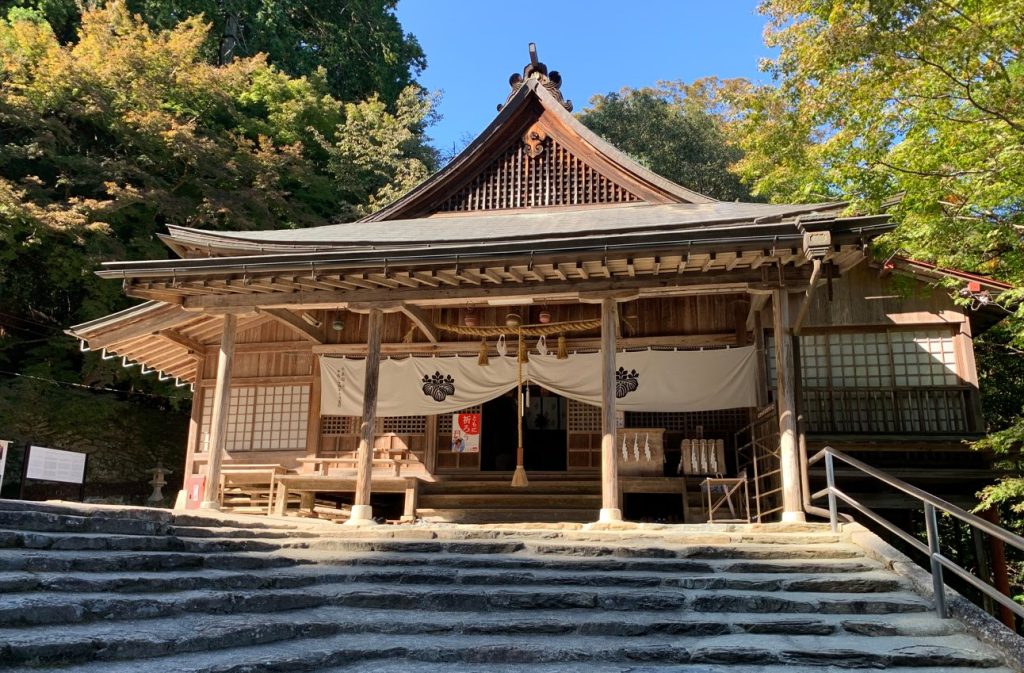
Yamaguchi Grand Shrine
Yamaguchi Grand Shrine was established by welcoming the spirit of the Ise Jingu Shrine. Since the Edo period (1603-1868), when the Ise faith flourished, the shrine has flourished as a place of worship for people in the western part of the country who cannot travel to Ise due to the distance, and is affectionately called "Ise-sama of the west. It is also said to be one of the most famous power spots in Japan, and the shrine grounds, surrounded by quiet, green trees, are shrouded in a mysterious atmosphere.
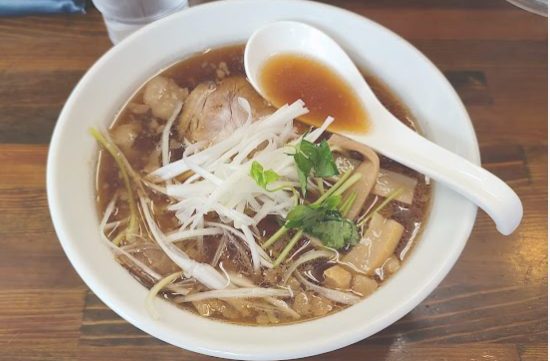
Homemade Chinese Soba Noodles Imazato
This ramen restaurant is well known locally for its original Chinese noodle soup. It is highly regarded as the best ramen in the city, and its thick chicken soy sauce-based soup and homemade thin noodles are popular among a wide range of customers. If you are looking for ramen in Yanaii, why not stop by Homemade Chinese Soba Noodles Imazato?


